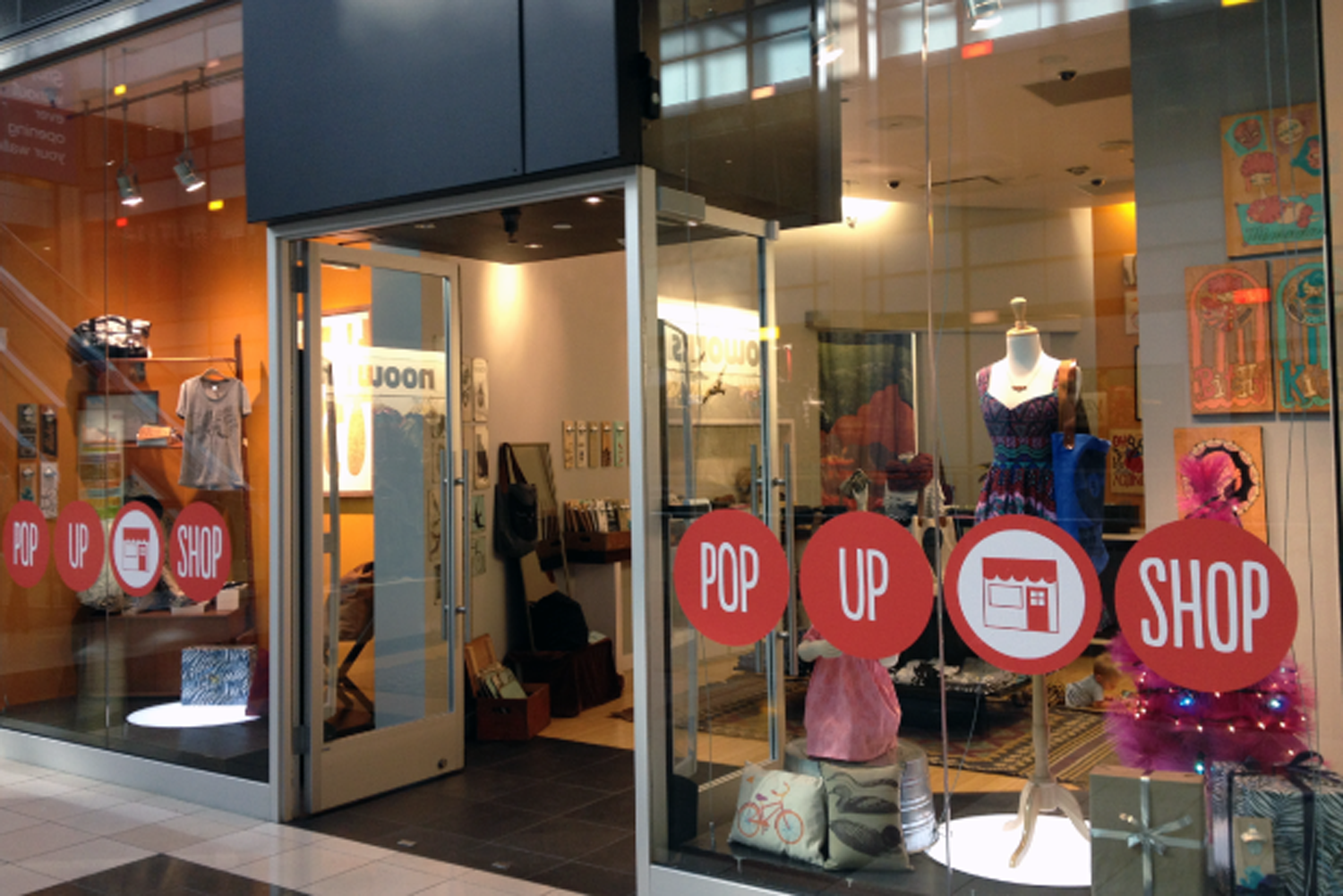12 Reasons Pop-Up-Shops are Here to Stay
Submitted by Maureen Gumbert, Marketing Director, Orora Visual
When I wrote my first blog about the emerging retail Pop-Up-Shop trend in 2016 it was a $10B market. Last reported by Design:Retail in 2019, it has grown to be a $50B market! Today, the trend shows no sign of slowing down. The concept of temporary, pop-up shopping experiences may even be considered a strategic necessity in today’s rapidly changing, and somewhat uncertain “COVID” retail climate.
Pop-Up-Shops were traditionally executed to generate incremental sales around the holidays by setting up a temporary store inside vacant spaces at the mall or strip mall. Today, pop-ups come in all shapes, sizes, and locations to include a standalone, a store-within-a store, a kiosk, and even a mobile vehicle reminiscent of a roadshow.
At the recent RetailX (formerly GlobalShop) event in Chicago I sat in on a break-out session titled “Pop-Ups Revisited: The New Agile Store Format Trend” with speaker Melissa Gonzalez, Principal and CEO, MG2 and The Lionesque Group. Ms Gonzalez basically reiterated that Pop-Up-Shops are here to stay for many of the same go-to-market strategies and benefits behind the concept of “here today – gone tomorrow” as they were in 2016, but, with a few new alluring reasons that resonate in 2021 and beyond.
As promised, here are 12 reasons Pop-Up Shops are here to stay:
Drive seasonal incremental sales around the holidays: Halloween, Christmas, Back-to-School, etc.
Brand amplification – allow shoppers to be immersed in and experience your brand first-hand. Typically, brands have more freedom to get creative in these spaces over a conventional retail space.
Launch a new product – test how it is received by consumers, assess inventory strategies.
Test new markets and extend reach by setting up in multiple cities.
eCommerce only brands can test the waters of a brick-and-mortar location.
Allow the consumer to interact with those products found online only.
Create a sense of urgency with the consumer – “for a limited time only!” appeal.
Ms. Gonzalez added these reasons to the above tried and trues:
New tech launches – evaluate how tech is perceived by shoppers. She gave an example of Sally Hansen’s AR app that scans your skin color to find your perfect nail polish color.
Test a new brand + retail partnership. Such as Target and Apple’s symbiotic value proposition.
A/B testing for a new store layout or store design to determine ideal square footage, effective signage, which experience worked best, etc.
Determine validity of a long-term physical store before a mass store rollout and analyze category performance.
And, finally…
It is (still) more cost effective to launch a temporary pop-up store.
In regard to this last one, Gonzalez noted that in the last 18 months brands had to look hard at their expenditures and many concluded that it may not make sense for them to “be present” in a particular market 12 months out of the year. She stated, “but, that doesn’t mean they shouldn’t be present at all.”
According to StoreFront, launching a Pop-Up is approximately 80% less expensive compared to opening up a traditional brick-and-mortar store location. And, 80% of global retail companies that have opened a pop-up store said it was successful according to a StoreFront survey.
Does your brand plan to employ a Pop-Up-Shop strategy in the near future?
Orora Visual supports the in-store marketing needs of many global, national, and emerging retail brands. Contact us for every aspect of your temporary, pop-up space to help you drive store traffic and create a memorable, shoppable consumer experience that drives sales and customer value.
Storefront signage and window graphics
Interior décor and themed environments
Custom merchandise displays
POP/POS print materials to include end caps, cash wraps, floor graphics, posters, ceiling danglers, and more
3D lettering and custom props
Outdoor banners, flags, yard signs, and pennant strings

